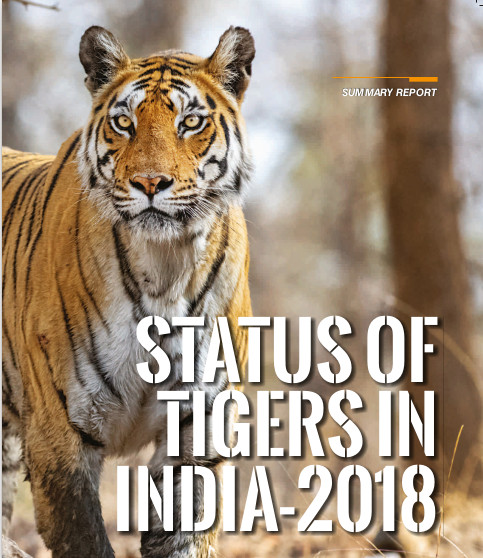India’s national tiger assessment is the largest biodiversity survey being carried out anywhere in the world. The fourth cycle of the assessment was undertaken in 2018 and 2019 using the best available science, technology and analytical tools.
In this cycle, recording of primary field data digitally through mobile phone application like M-STrIPES (Monitoring System for tigers – intensive protection and ecological status), that uses GPS to geotag photo-evidences, and survey information made this exercise more accurate, with smaller margins of human error.
Further, it involved the development of innovative technology like automated segregation of camera trap photographs to species using artificial intelligence and neural network models (software CaTRAT – Camera Trap data Repository and Analysis Tool). Program ExtractCompare that fingerprints tigers from their stripe patterns was used to count the number of individual tigers (>1 year old).

The unique feature of this cycle of assessment, in keeping up with “Digital India”, is the development and use of innovative technological tools in collection and processing of data to reduce human errors.
You may find more information on methodological details and summary of latest tiger estimation exercise in the report ‘Status of Tigers in India – 2018’ available under ‘Reports’ section of the website.
